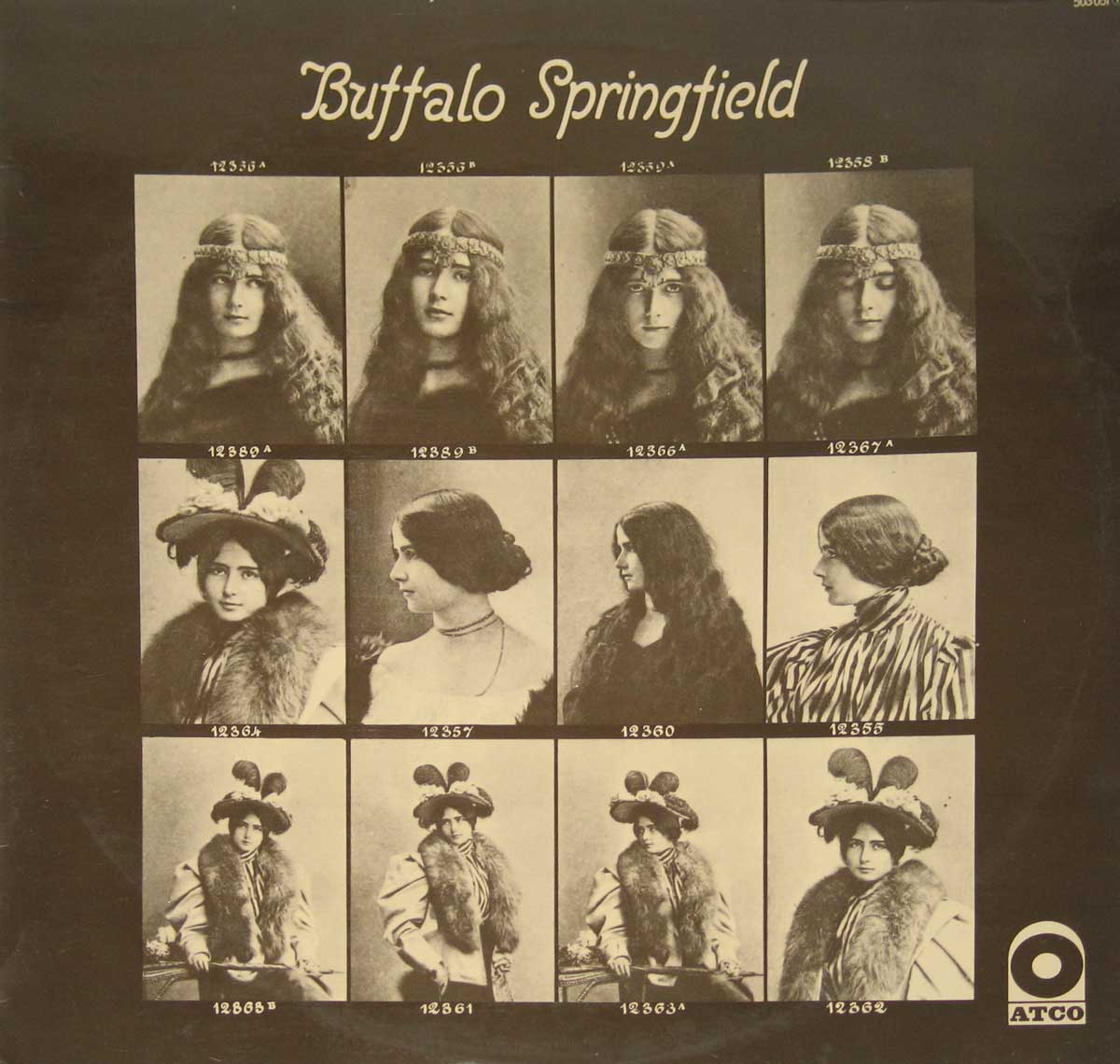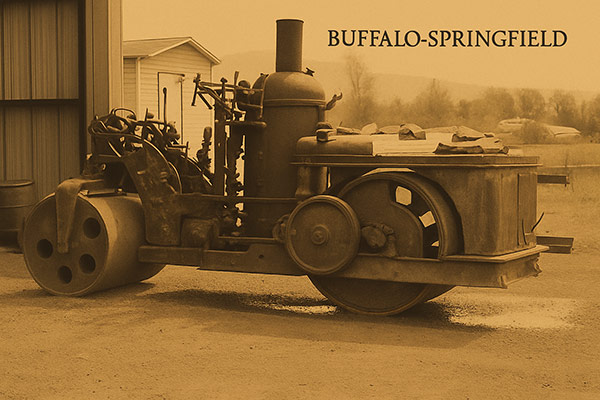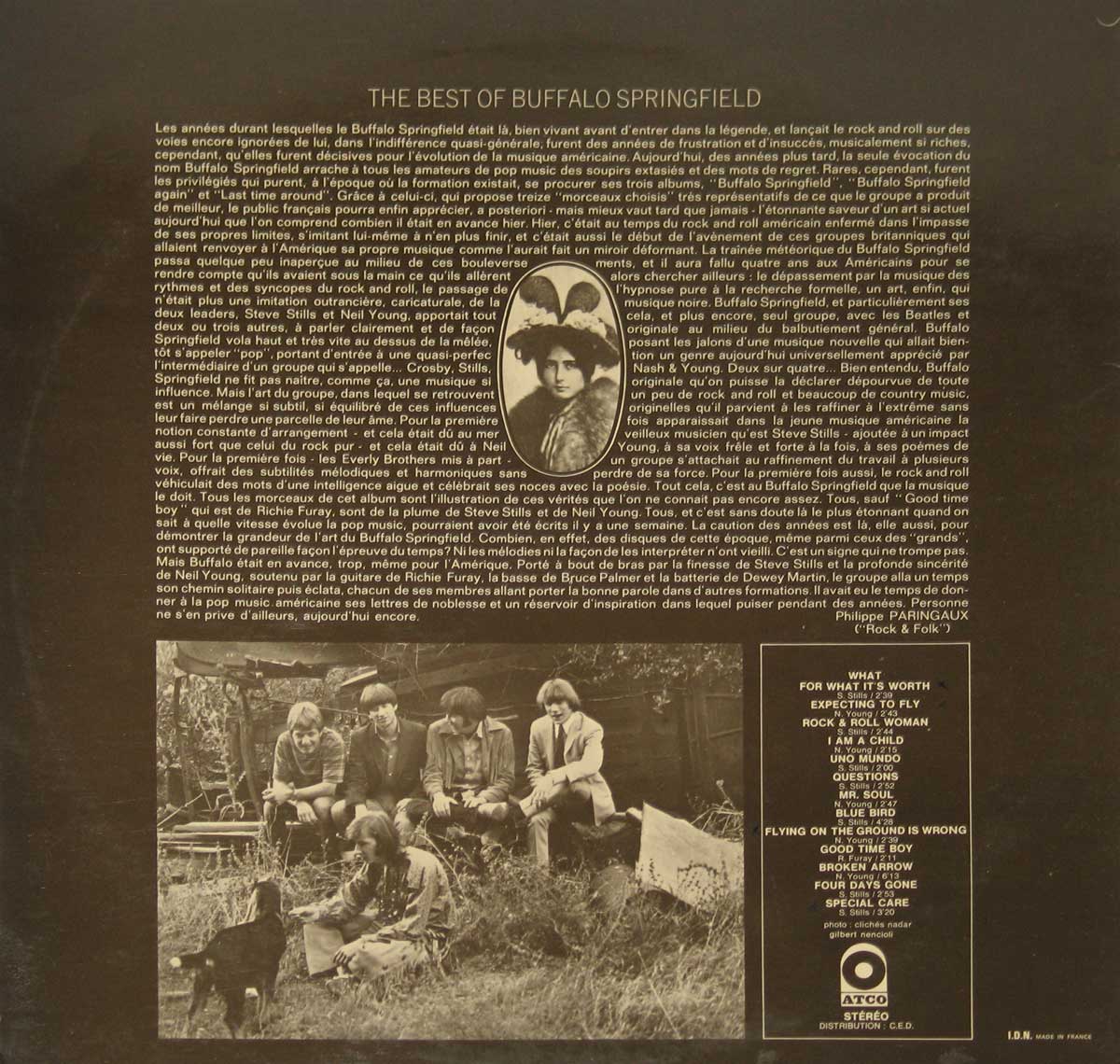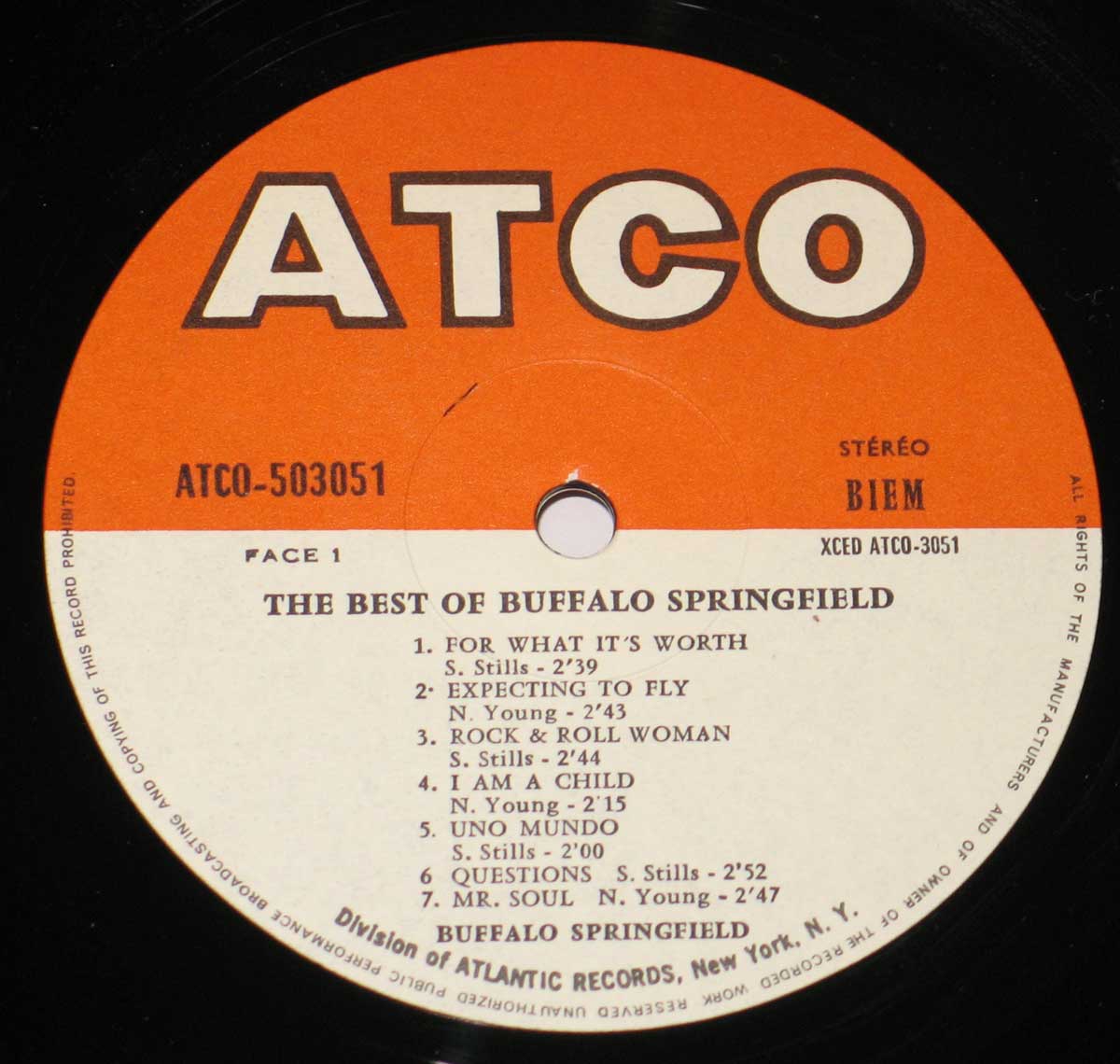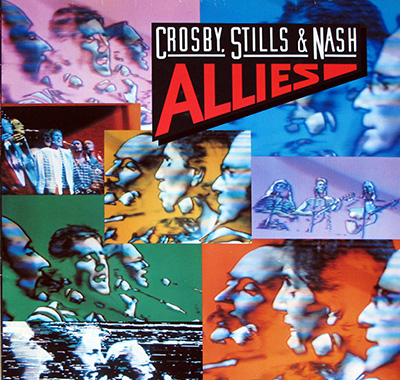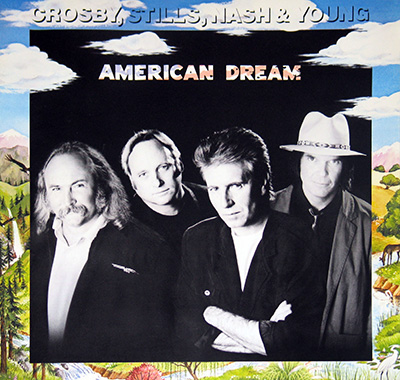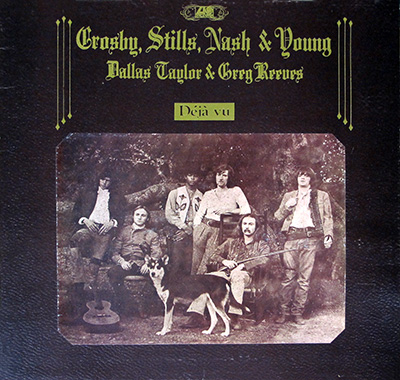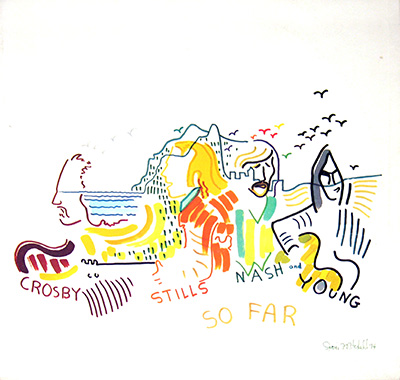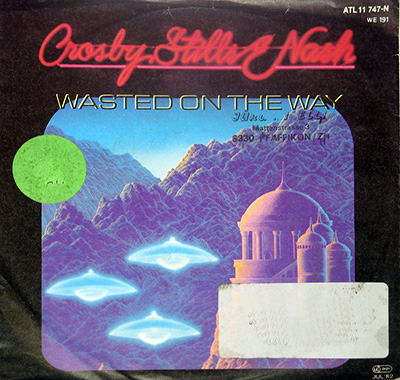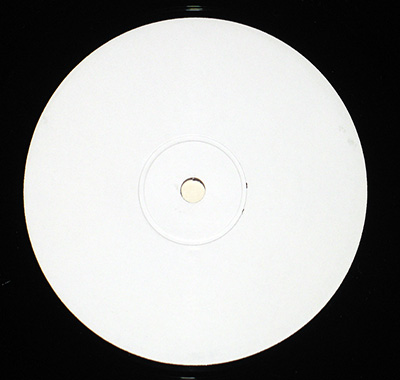For a band that lasted barely two years, Buffalo Springfield cast an enormous shadow. Formed in Los Angeles in 1966, the group was an improbable fusion of restless songwriters, competing visions, and fragile egos — the kind of chemical mix that burns brightly and burns out fast. Yet out of that chaos came the foundation for one of the defining supergroups of the late 1960s: Crosby, Stills, Nash & Young.
Buffalo Springfield’s lineup — Stephen Stills, Neil Young, Richie Furay, Bruce Palmer, and Dewey Martin — embodied the creative electricity of their era. Stills brought precision and pop craftsmanship; Young countered with wild emotional fire and daring experimentation. Their 1967 hit “For What It’s Worth” became a generational anthem, while deeper cuts like “Broken Arrow” and “Mr. Soul” hinted at the introspective and socially charged songwriting that would later define 1970s folk rock.
But brilliance rarely coexists peacefully. Clashing egos, shifting ambitions, and a revolving door of lineup tensions led to the group’s breakup in 1968 after just three albums. Each member took off in a different direction: Stills into the Laurel Canyon scene, Young into a solo career, and Furay into the country-rock outfit Poco.
Meanwhile, the Los Angeles canyon air was thick with musical cross-pollination. Stills found himself harmonizing with David Crosby, newly ousted from The Byrds, and Graham Nash, quietly disillusioned with The Hollies. Their voices locked together as if by design — effortless, ethereal, and warm. They formed Crosby, Stills & Nash, whose 1969 debut album redefined West Coast harmony and introspective songwriting.
Then came the missing ingredient: Neil Young. Stills, remembering the unpredictable energy Young brought to Buffalo Springfield, invited him to join. With his fiery guitar work and mercurial songwriting, Young transformed the trio’s smooth harmonies into something rawer, more dangerous — and infinitely more powerful.
Thus emerged Crosby, Stills, Nash & Young, a band that captured both the utopian dreams and the internal contradictions of their generation. Their rise from the ashes of Buffalo Springfield was not accidental — it was evolutionary. Stills and Young carried forward the same tension that had made their first band both combustible and transcendent.
If Buffalo Springfield was the match, CSNY was the wildfire — born from the same spark, but fanned into a larger cultural blaze. Both bands defined their time, but together, they charted the emotional and musical map of an era that still echoes through rock’s collective memory.
